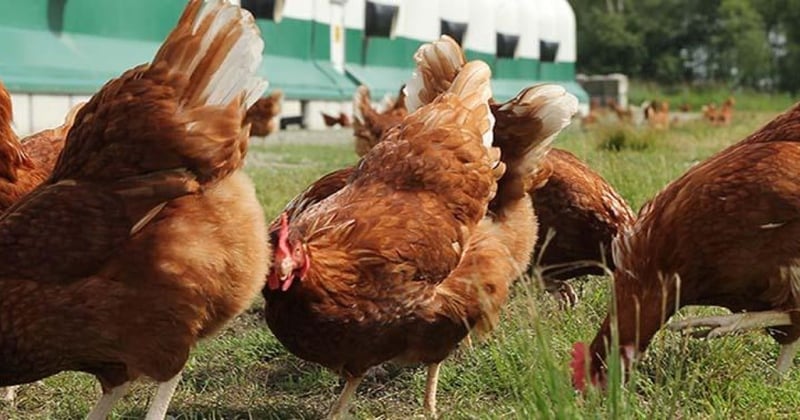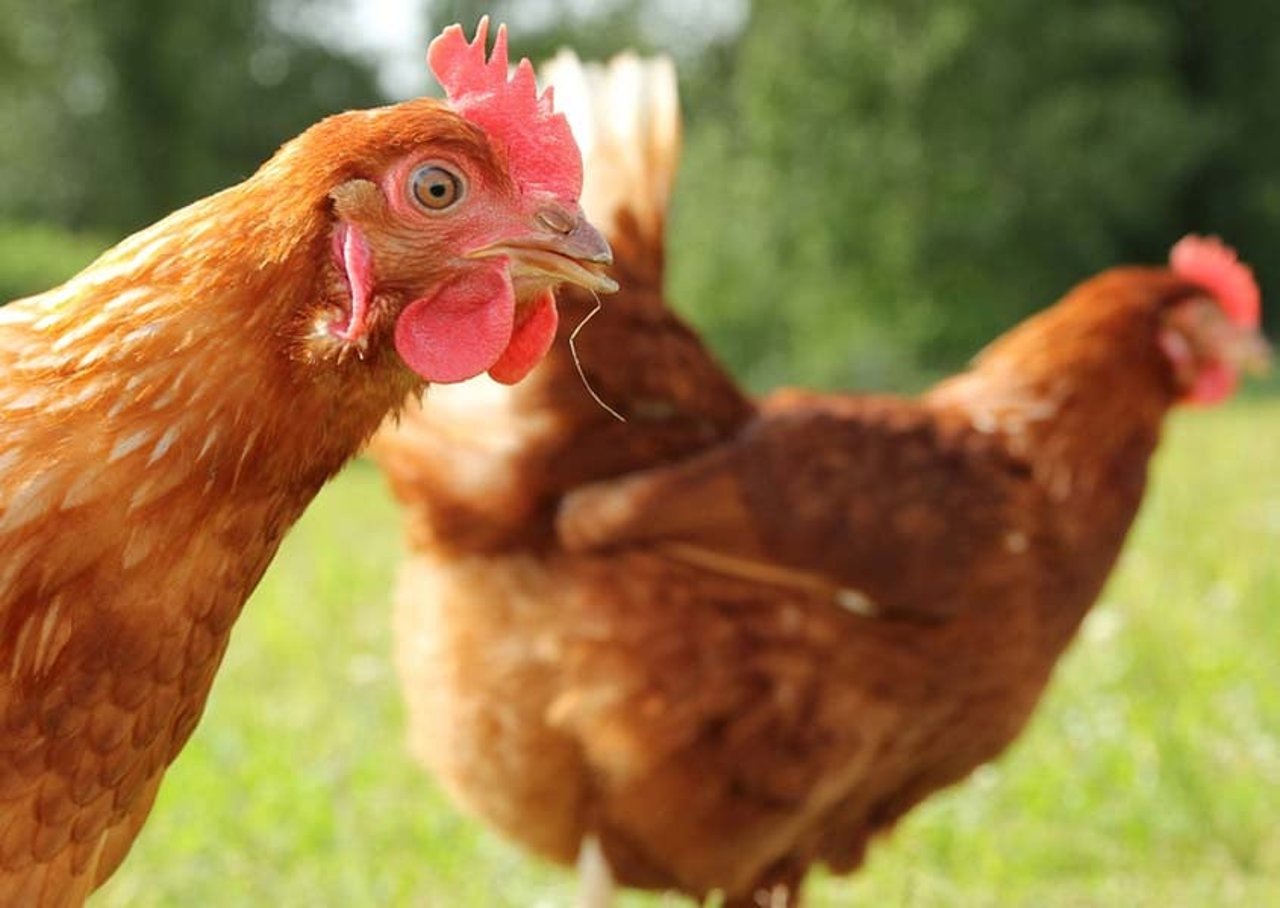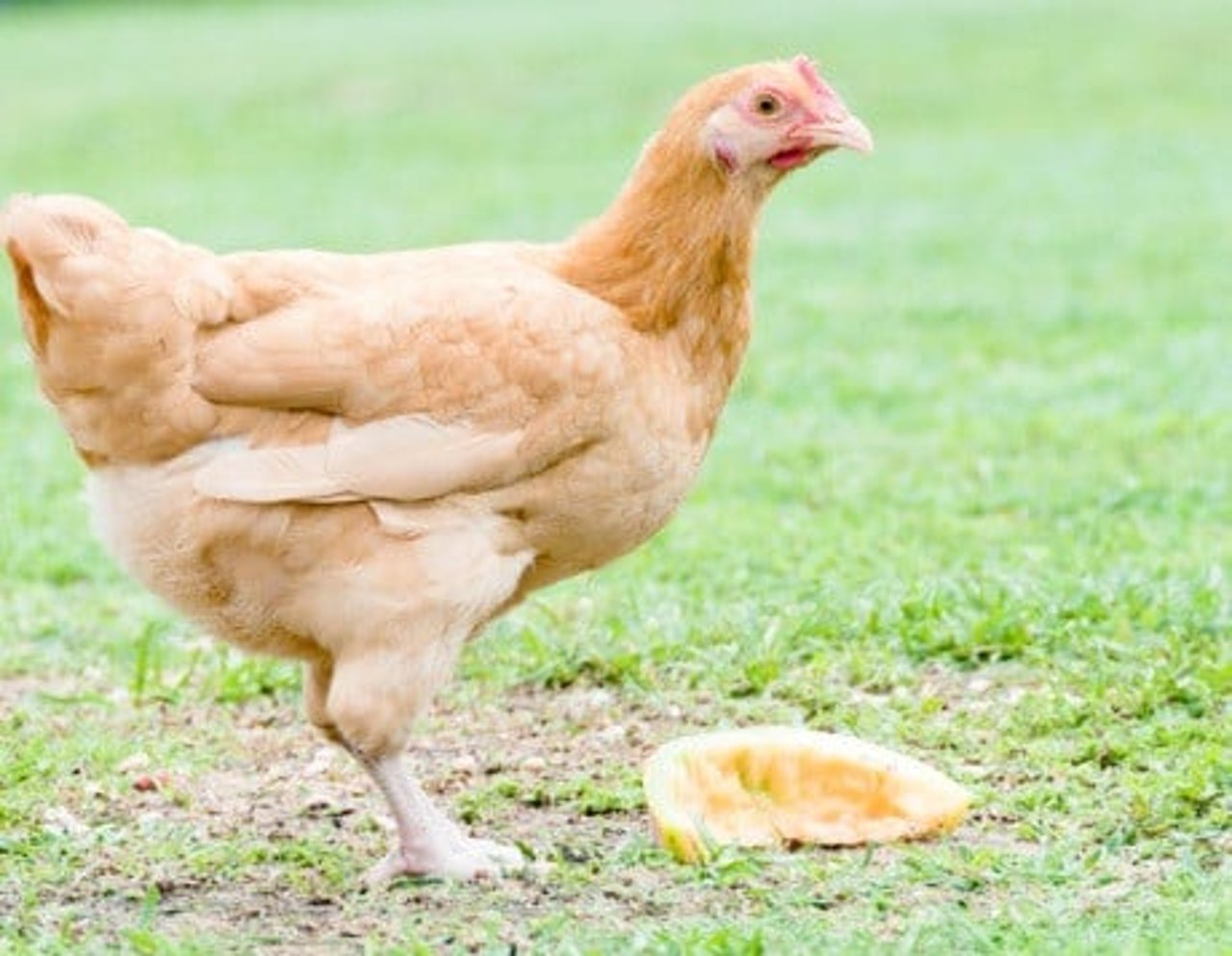
The Inside Scoop on Chicken Breeds
News
The Inside Scoop on Chicken Breeds
There are almost 19 billion chickens worldwide – or three per person – according to statistics from the UN's Food and Agriculture Organization. That’s a lot of chickens! Chickens are reared annually as a source of food, for both their meat and their eggs. They can be divided into egg laying hens (hens being female chickens), meat chickens (broiler chickens), and dual purpose. Most are used for egg production. In the US and Canada alone, over 300 million hens are used for egg production each year.
Yet, despite such staggering numbers, we tend to know very little about hens. Hens are sentient beings (capable of feeling and perception) and scientists have recently found they possess the ability to empathize – once thought to be a uniquely human trait. Hens have also been found to display a range of bizarre and wonderful talents not known before.
And if you think all hens are created the same, think again! There are over 200 different breeds of hens with many unique characteristics. They can be an assortment of colors – brown, red, white, black, and even spotted.
Many people assume the color of a chicken’s egg is entirely random, or that it’s determined by the color of their feathers. The truth is the color of the egg depends on the color of the chicken’s earlobe. For example, if a chicken’s earlobe is brown, the egg will be brown. In addition to the classic white and brown eggs, there are some funky colors like blue, dark red and yellow eggs that can be found at local farmer markets. The Araucana hens (known as South American Rumpless in the US), a beautiful black hen with golden speckels, are known for their alluring blue eggs. The only place you’ll find blue on these ladies are their earlobes.
Do these hens look familiar?
As mentioned earlier, different breeds have different characteristics. Most often, the hen that comes to mind for people is the white hen with a red comb (the technical name for those red spikes on the top of their heads). This breed is called the White Leghorn. Fun fact – the classic cartoon chicken, Forghom Leghom, got his name from the White Leghorn breed. They are incredibly social creatures, which is why it’s difficult resigning them to cages their entire life.
The Rhode Island Red breed, not coincidently the state bird of Rhode Island, produces brown eggs. Rhode Island Reds have – you guessed it – red feathers. Rhode Island Reds have a docile temperament and are generally easy going. They are so popular, because unlike many other breeds, they have an easy time adapting to winter months. The typical Rhode Island Red lays five to six eggs per week. They are also the traditional breed for most cage-free brown eggs you find in the supermarket.
The Buff Orpington breed is another popular breed and also an excellent egg producer, laying roughly 200 medium to large sized eggs a year. With their full broad body, it’s no wonder they are known to be the center of attention. How can they not be with their shiny, gold feathers?
Regardless of the breed, all hens are social animal – just like you and me – and should be provided the freedom to exhibit natural behaviors such as perching, scratching and strutting about. They can only do this in a cage-free environment. That’s why your support is so vital.
You can help ALL hens by buying cage-free in your grocery store, encouraging your local restaurant to go cage-free and by signing the Change for Chickens petition today!
By Kara Wooten, Digital Marketing Coordinator
Kara Wooten is a natural storyteller, passionate about using innovative digital tools to share information and increase public mobilization. She is a lover of all animals. When not helping animals, you can find her on a mountain snowboarding or by some type of body of water.
Many people assume the color of a chicken’s egg is entirely random, or that it’s determined by the color of their feathers. The truth is the color of the egg depends on the color of the chicken’s earlobe.

